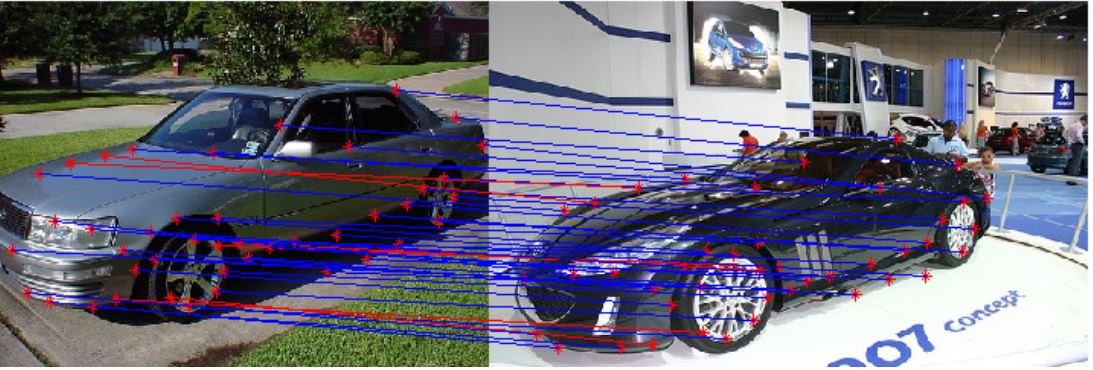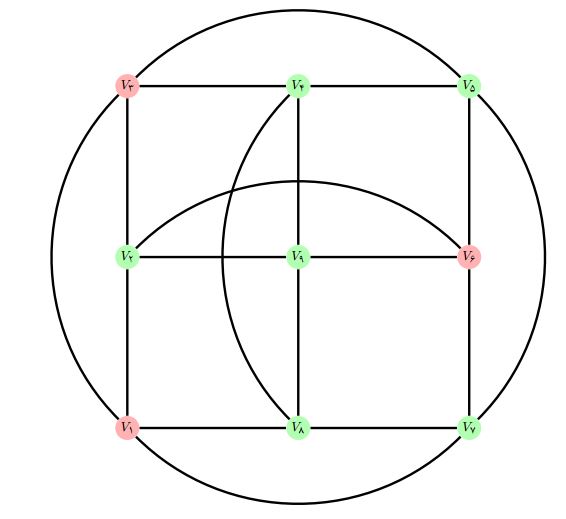Meta-Heuristic Algorithms
A Powerful Approach for Optimization Problems
Optimization problems are problems that involve finding the best solution from a set of possible solutions, according to some criteria or objective function. Optimization problems are ubiquitous in computer science, such as scheduling, routing, clustering, machine learning, and more.
However, many optimization problems are very hard to solve exactly, either because they are too complex, too large, or too dynamic. In such cases, finding the optimal solution may require too much time or computational resources. Therefore, we need to find approximate solutions that are good enough for our purposes.
Meta-heuristic algorithms are a type of algorithm that can help us find approximate solutions to optimization problems. They are general-purpose methods that can be applied to different types of problems, without requiring much prior knowledge or problem-specific information. Meta-heuristic algorithms work by iteratively improving a solution until it meets some quality criteria or termination condition.
Meta-heuristic algorithms are inspired by various sources, such as nature, physics, biology, and human behavior. Some examples of meta-heuristic algorithms are:
- Genetic algorithm (GA): Inspired by the process of natural evolution, GA works by maintaining a population of candidate solutions that undergo selection, crossover, and mutation operators to generate new solutions.
- Simulated annealing (SA): Inspired by the process of annealing in metallurgy, SA works by gradually decreasing the temperature of a system that allows random changes in the solution. As the temperature decreases, the changes become less frequent and more likely to improve the solution.
- Tabu search (TS): Inspired by the concept of tabu or forbidden in human culture, TS works by keeping track of a list of recently visited solutions that are prohibited from being revisited. This helps to avoid getting stuck in local optima and explore new regions of the search space.
Here, we will share some of our works in the area of meta-heuristic algorithms and their applications. We will show how meta-heuristic algorithms can help us solve various optimization problems in computer science. We hope you will find these works interesting and useful.
References
2021
2020
2019
-
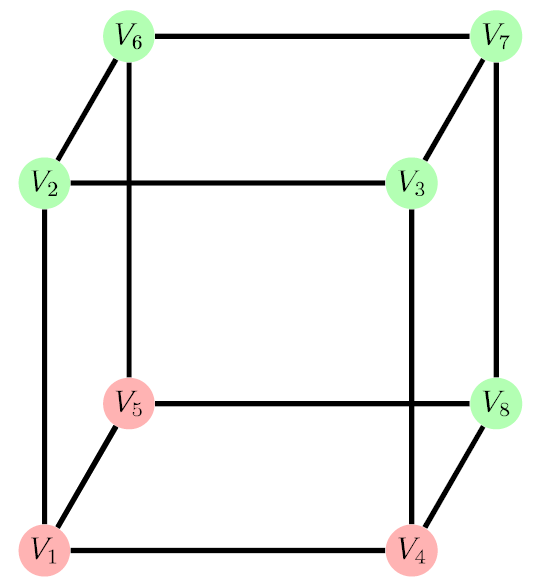 محاسبه بعد متریک گراف با الگوریتم شبیهسازی تبریدیIn سومین سمینار کنترل و بهینهسازی, Apr 2019Computing Graph Metric Dimension using Simulated Annealing
محاسبه بعد متریک گراف با الگوریتم شبیهسازی تبریدیIn سومین سمینار کنترل و بهینهسازی, Apr 2019Computing Graph Metric Dimension using Simulated Annealing
2018
-
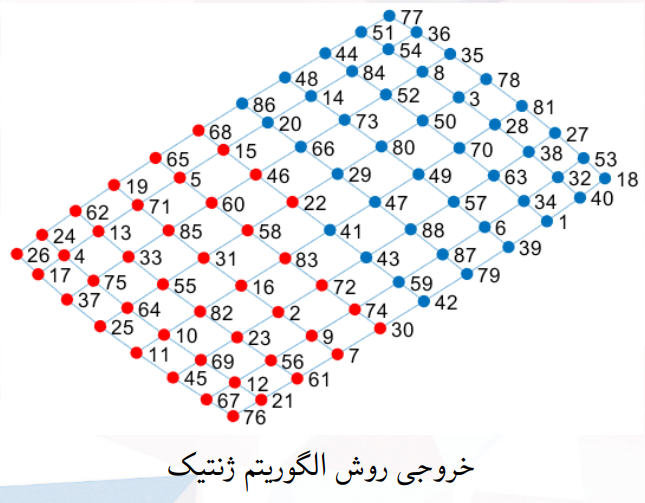 مقدار دهی اولیه گرادیان مزدوج در خوشه بندی طیفی با الگوریتم ژنتیکIn ششمین سمینار آنالیز هارمونیک و کاربردها, Apr 2018Conjugate Gradient Initilization using GA in Spectral Clustering
مقدار دهی اولیه گرادیان مزدوج در خوشه بندی طیفی با الگوریتم ژنتیکIn ششمین سمینار آنالیز هارمونیک و کاربردها, Apr 2018Conjugate Gradient Initilization using GA in Spectral Clustering
2015
-
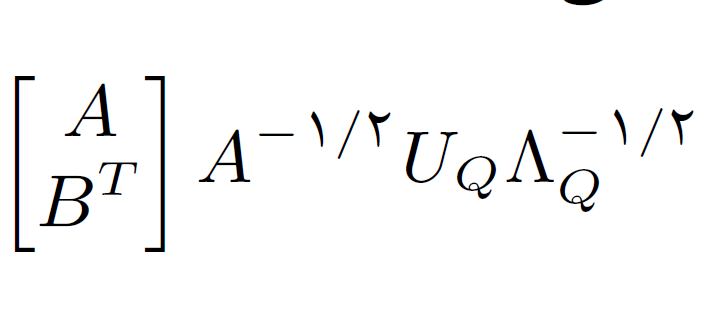 محاسبه پارامترهای خوشهبندی طیفی در تصاویر MRI با الگوریتم ژنتیکIn هشتمین کنفرانس بینالمللی انجمن ایرانی تحقیق در عملیات, Apr 2015Genetic Algorithms for Spectral Clustering Parameter Estimation
محاسبه پارامترهای خوشهبندی طیفی در تصاویر MRI با الگوریتم ژنتیکIn هشتمین کنفرانس بینالمللی انجمن ایرانی تحقیق در عملیات, Apr 2015Genetic Algorithms for Spectral Clustering Parameter Estimation
2014
-
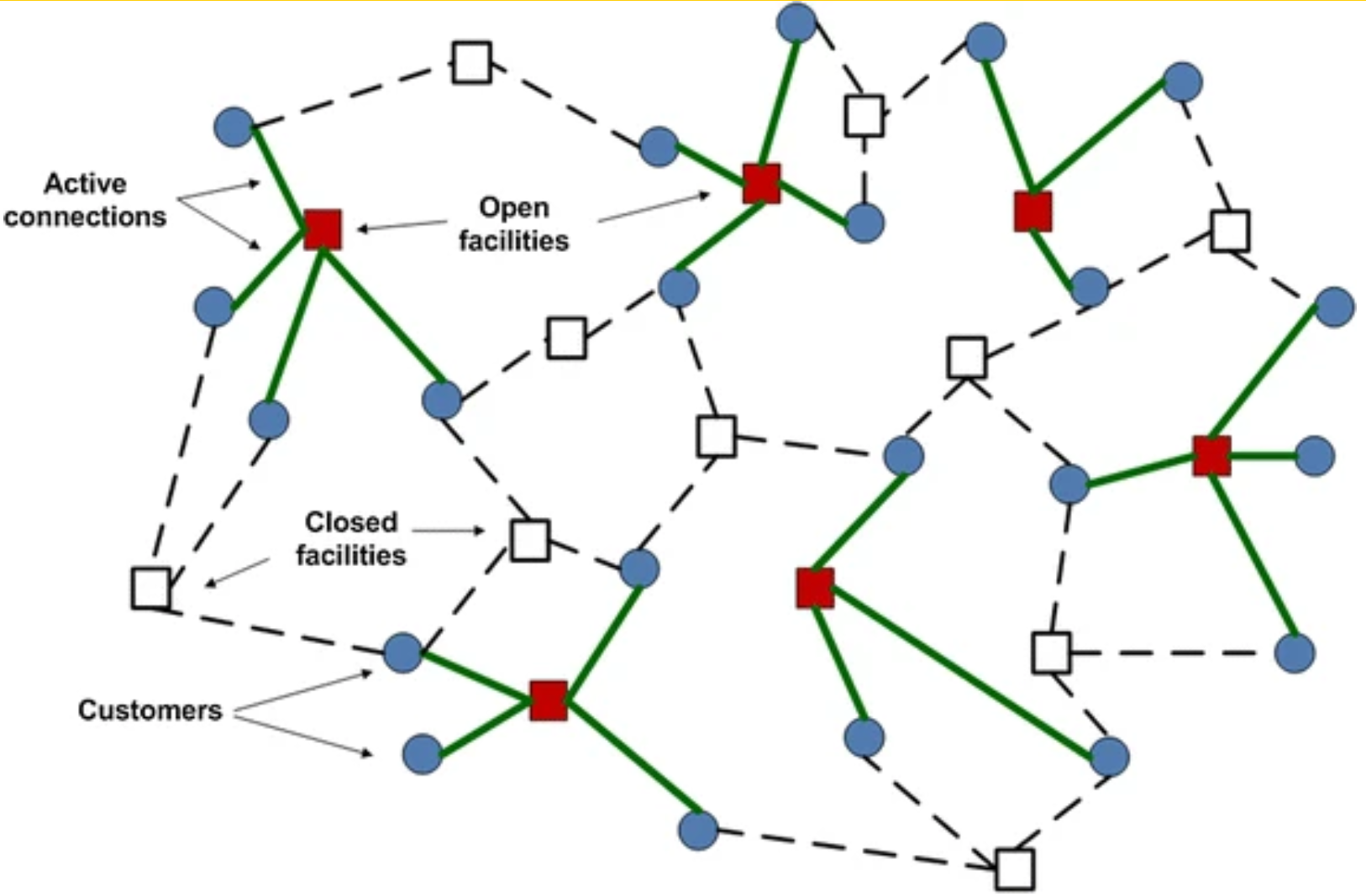 مقایسه سه روش فراابتکاری در حل UFLPIn هفتمین کنفرانس بینالمللی انجمن ایرانی تحقیق در عملیات, Apr 2014Comparing 3 meta-heuristic methods for solving UFLP
مقایسه سه روش فراابتکاری در حل UFLPIn هفتمین کنفرانس بینالمللی انجمن ایرانی تحقیق در عملیات, Apr 2014Comparing 3 meta-heuristic methods for solving UFLP -
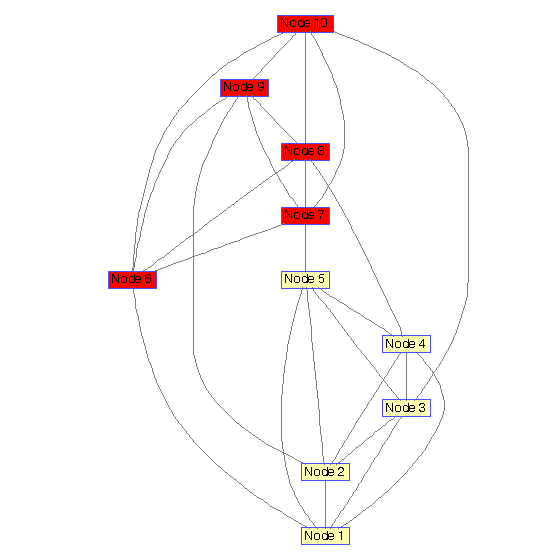 برش کمینهی گراف با شبیهسازی تبریدیIn هفتمین کنفرانس بینالمللی انجمن ایرانی تحقیق در عملیات, Apr 2014Graph Minumum Cut using SA
برش کمینهی گراف با شبیهسازی تبریدیIn هفتمین کنفرانس بینالمللی انجمن ایرانی تحقیق در عملیات, Apr 2014Graph Minumum Cut using SA -
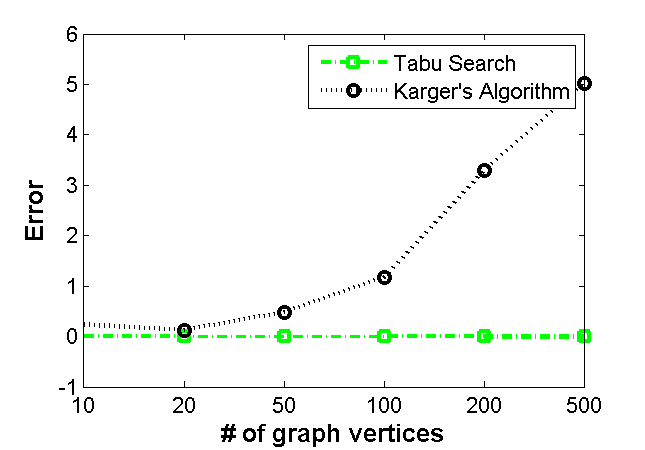 برش کمینهی گراف باجستجوی ممنوعهIn هفتمین کنفرانس بینالمللی انجمن ایرانی تحقیق در عملیات, Apr 2014Graph Minumum Cut using Tabu Search
برش کمینهی گراف باجستجوی ممنوعهIn هفتمین کنفرانس بینالمللی انجمن ایرانی تحقیق در عملیات, Apr 2014Graph Minumum Cut using Tabu Search -
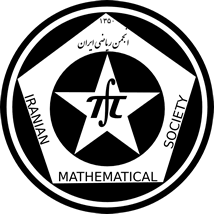 مسئله مکانیابی p -هاب با ظرفیت نامتناهی در حضور صف M/G/1In چهل و پنجمین کنفرانس ریاضی ایران, Apr 2014Facility Location Problem in M/G/1 Queue
مسئله مکانیابی p -هاب با ظرفیت نامتناهی در حضور صف M/G/1In چهل و پنجمین کنفرانس ریاضی ایران, Apr 2014Facility Location Problem in M/G/1 Queue
2007
-
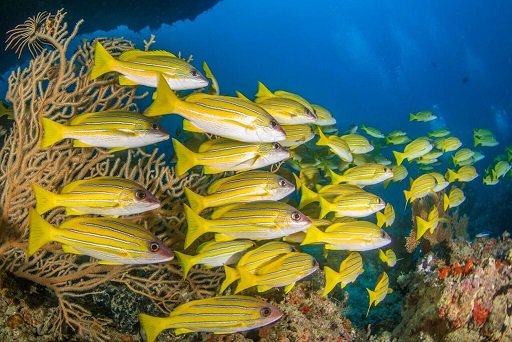 A Fish School Clustering Algorithm: Applied to Student Sectioning ProblemDynamics of Continuous Discrete & Impulse Systems, series B: Applications and Algorithms, Dec 2007Post Proceeding of LSMS2007, Life System Modeling and Simulation 2007, China
A Fish School Clustering Algorithm: Applied to Student Sectioning ProblemDynamics of Continuous Discrete & Impulse Systems, series B: Applications and Algorithms, Dec 2007Post Proceeding of LSMS2007, Life System Modeling and Simulation 2007, China -
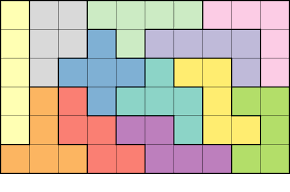 Using Pattern Matching for Tiling and Packing ProblemsEuropean Journal of Operational Research, Dec 2007Indexed by DBLP and SCOPUS
Using Pattern Matching for Tiling and Packing ProblemsEuropean Journal of Operational Research, Dec 2007Indexed by DBLP and SCOPUS
2005
-
 Feature Selection in A Fuzzy Student Sectioning AlgorithmLecture Notes in Computer Science, Dec 2005Indexed by DBLP
Feature Selection in A Fuzzy Student Sectioning AlgorithmLecture Notes in Computer Science, Dec 2005Indexed by DBLP
2004
-
 کلاسهبندی فازی بهینه دانشجویان با استفاده از یک تابع فازی در حل مسئله برنامهریزی ژنتیکی دروس هفتگی دانشگاهIn نهمین كنفرانس سالانه انجمن كامپیوتر ایران, اسفند 2004Student’s sectioning using fuzzy inference system
کلاسهبندی فازی بهینه دانشجویان با استفاده از یک تابع فازی در حل مسئله برنامهریزی ژنتیکی دروس هفتگی دانشگاهIn نهمین كنفرانس سالانه انجمن كامپیوتر ایران, اسفند 2004Student’s sectioning using fuzzy inference system
2002
-
 A Genetic-Neuro Algorithm for Tiling Problems with Rotation and Reflection of FiguresIranian Journal of Science and Technology, Transaction B, Dec 2002Indexed by ACM
A Genetic-Neuro Algorithm for Tiling Problems with Rotation and Reflection of FiguresIranian Journal of Science and Technology, Transaction B, Dec 2002Indexed by ACM
2000
-
 جورچینی قطعات راست گوشه با استفاده از شبكه های عصبی و الگوریتم ژنتیكIn پنجمین کنفرانس سالانه انجمن کامپیوتر ایران, بهمن 2000Tiling Problem using Neural Networks and Genetic Algorithm
جورچینی قطعات راست گوشه با استفاده از شبكه های عصبی و الگوریتم ژنتیكIn پنجمین کنفرانس سالانه انجمن کامپیوتر ایران, بهمن 2000Tiling Problem using Neural Networks and Genetic Algorithm
